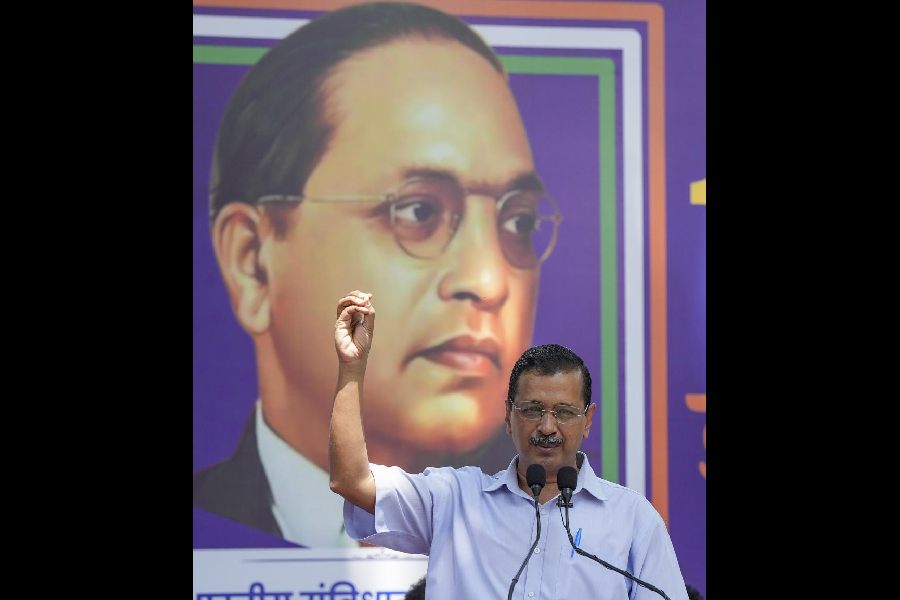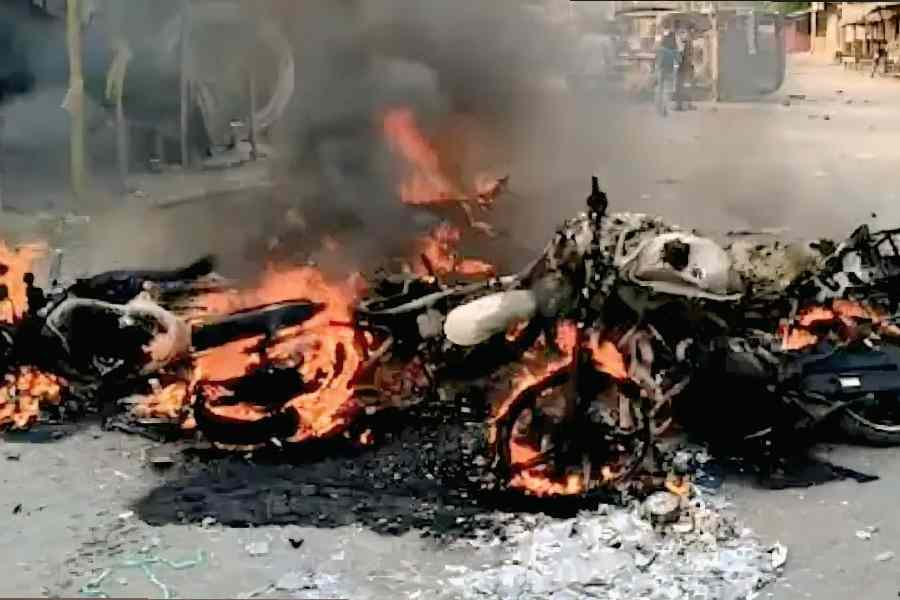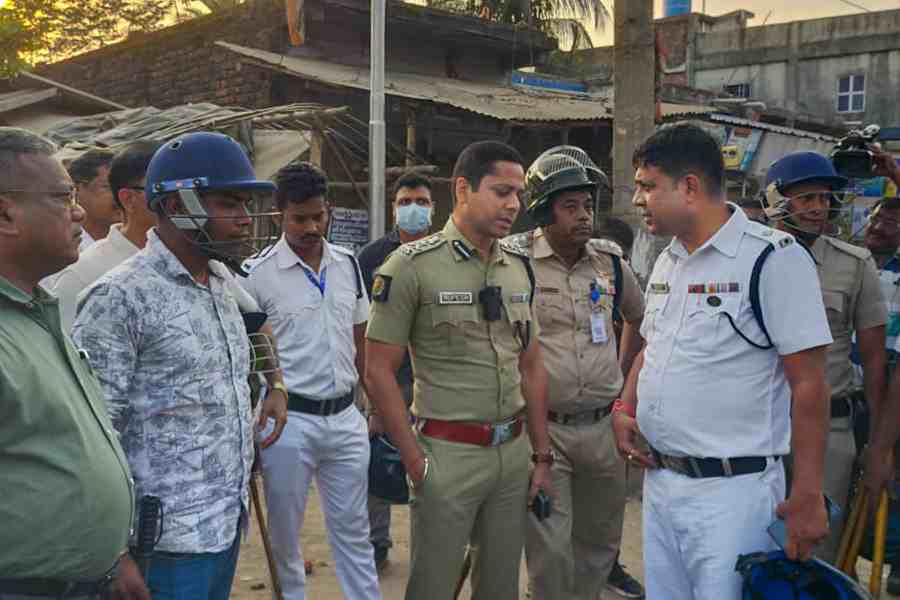
Shillong, Dec. 14: Meghalaya's air quality index ranges from "good" to "moderate" depending on where one is located.
Data for the month of November 2015 from the Meghalaya State Pollution Control Board - the agency monitoring the air quality index in eight locations under the National Air Monitoring Programme - reveal that while the air in residential areas is largely "good", the scenario in the industrial areas is either "satisfactory" or "moderate".
The air quality index calculation is as per the procedures prescribed by the Central Pollution Control Board, the state pollution control board's senior scientist B. Nongbri said here today.
The rating scale includes good: 0-50, satisfactory: 51-100, moderate: 101-200, poor: 201-300, very poor: 301-400, and severe: greater than 400.
Nongbri said pollutants, which are being monitored regularly from the eight stations, include sulphur dioxide, nitrogen dioxide and particulate matter (PM10).
The eight stations where the pollutants are monitored include Lumpyngngad and Barik in Shillong, Umiam (industrial area), Byrnihat Export Promotion Industrial Part (EPIP), Dawki (along the India-Bangladesh border), Nongstoin, Khliehriat and Tura.
In November 2015, the air pollution index at Lumpyngngad and Barik were 37 and 94 respectively while those at Umiam and Byrnihat were 85 and 126 respectively.
In 2014, the annual average of PM10 level recorded at Khyndailad, the city's major commercial hub, was 87.5 while average sulphur dioxide and nitrogen dioxide levels were 2 and 16.1 respectively.
Nongbri said vehicular emission was the main source of pollution in the state's capital. Shillong is still free from the presence of heavy industries.
However, going by the statistics available with the board, very few vehicles undertake pollution tests.
From January 1, 2015 to December 9, only 5,015 petrol-driven light motor vehicles and 2,011 diesel-driven light vehicles have come for testing of pollution levels at the board's office.
Of these, 4,963 petrol-driven light motor vehicles and 1,900 diesel-driven light motor vehicles were found to be complying with pollution norms.
The number of vehicles, which have undergone the test, is highly disproportionate to the thousands of vehicles that hit the city's roads daily.
Since 2011, the board had suggested to the transport department to issue instructions under the Motor Vehicles Act, 1989, to ensure that standards for emission from automobiles were complied with by all vehicles registered in the state.
It also suggested that it be made "compulsory" for every vehicle to obtain a "pollution under control" certificate from the authorities concerned.










